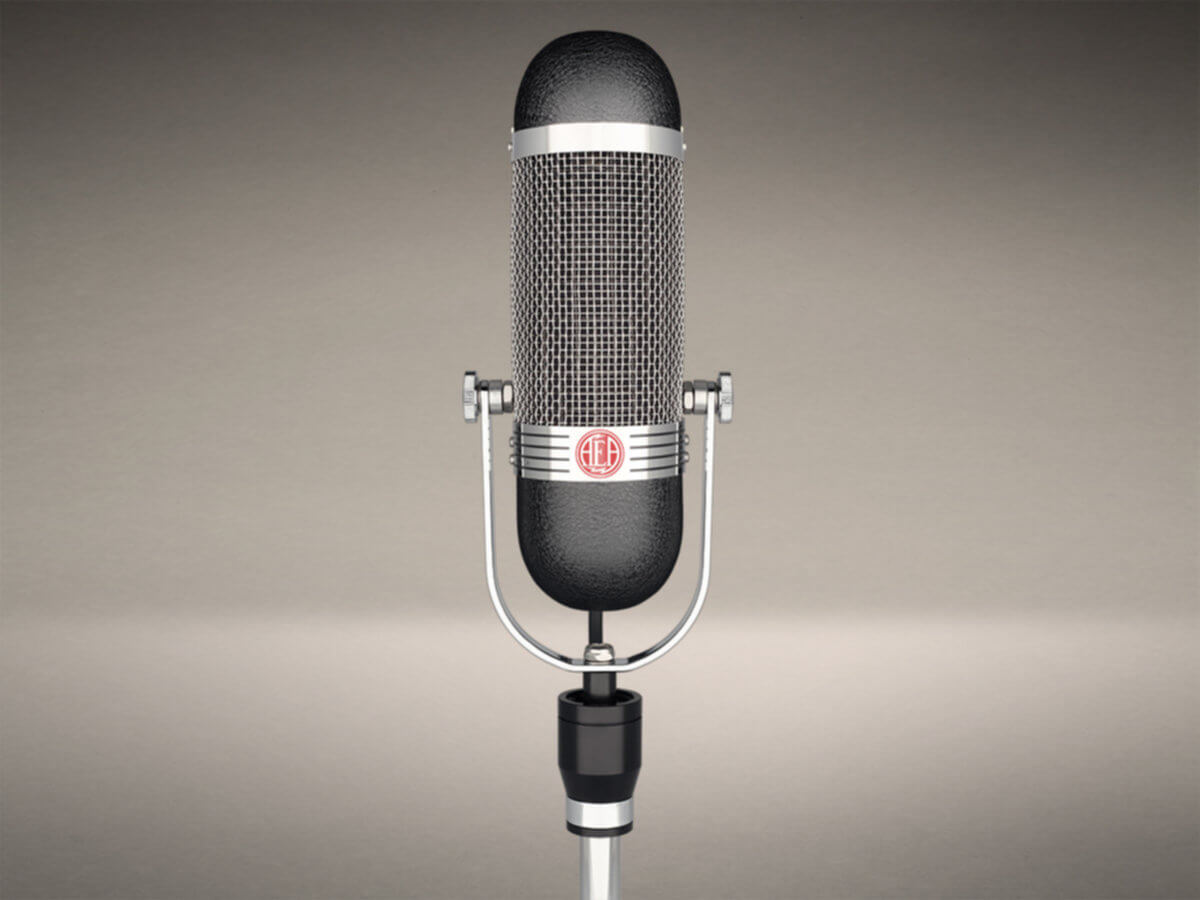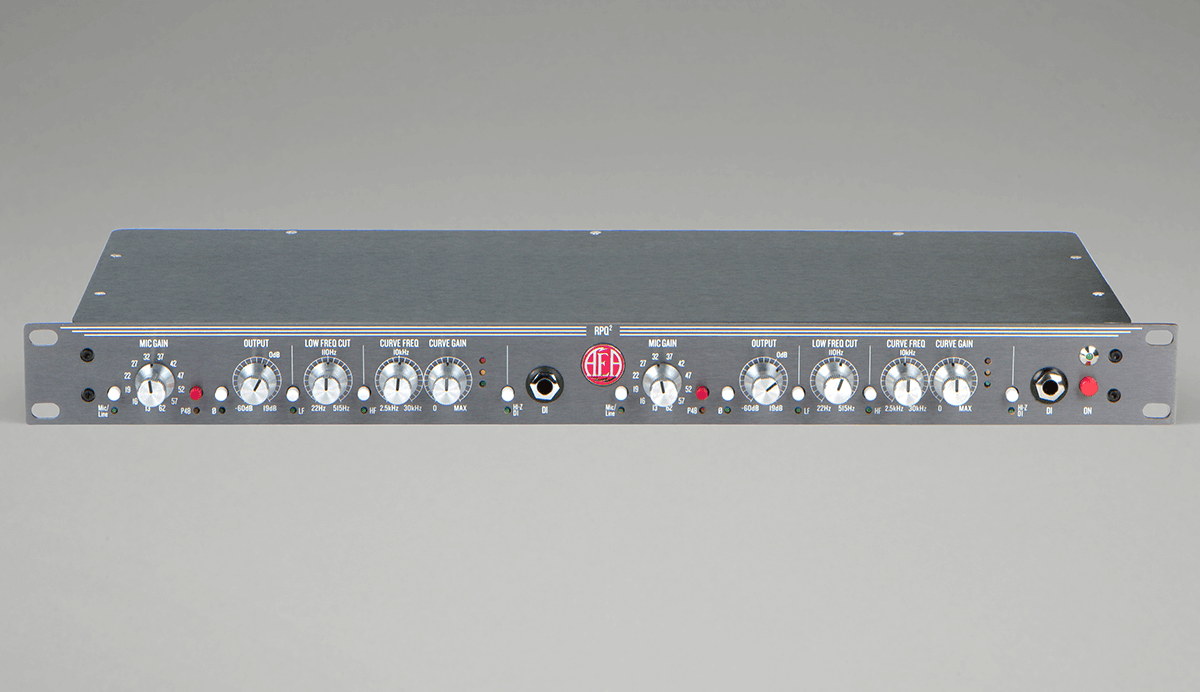AEA R84 Ribbon Mic and RPQ2 2-Channel Mic Preamp Reviews
Ribbon mics have been around for about a century, and thanks to modern manufacturing techniques, as well as better materials, these once fragile devices are just as robust as you’d need and can be used on pretty much anything. AEA’s R84 is a great way to enter the ribbon realm. Partnered with their RPQ2 2-Channel Mic Preamp, they make a potent pair for recording, mixing and mastering.
Starting with the R84 — its well-built, classic style hides a Cinemag transformer, as well as a 2.35” aluminum ribbon element. The bigger ribbon means a lower resonant frequency, and this enables the mic to handle high volume applications without issues. Meaning it can be used on kicks, snares, guitar cabs with no problems. It’s slightly dark sounding, but it does have a nice snappy attack that maintains enough punch for percussion. There’s no loose or flabby feel, regardless of placement.

Acoustic guitars were nice and rich. Placement is always key, and starting with AEA’s suggested placement, it was very pleasing overall. But we found that it was a bit dark here as well, though backing the mic off about a foot or so brought back some of those highs that were missing, as well as adding some extra air to the track. Vocals are well suited for this as well; getting right on it brings a bit more warmth overall, and it can certainly handle even the screamiest of vocalists.
Using it as a room mic during drum tracking, it can capture a nice additional dimension for ambience. During the session, we toggled its channel in a mix on and off for comparison, and it gave a nice extra depth even for a heavy rock drum kit. It goes beyond a nuance level improvement for a mix, even with other close mic’d items.
AEA has a great companion for their R84 with the RPQ2, their new mic pre. The construction is top notch, with each click of the machined knobs, a tight positive feel is there; the controls are fairly simple for each channel — Mic Gain, Output, Low Frequency Cut, Curve Frequency, and Curve Gain. It’s based around a Solid State JFET design and can handle high headroom applications. The frequency curve controls are really interactive with each other, but don’t get overwhelming while trying to dial in any tones. With “transparent” being a big buzzword in audio circles, this still has a bit of color, but it’s meant more to complement and compensate for the slight darkness the R84 (as well as ribbon mics in general) have. It adds a bit of air and depth, while the low frequency cut works really well in tightening up the bottom frequencies, without affecting the top end.

It’s not just the usual mic preamp, with its input and output configuration, it can easily be used as an external EQ, bringing that excellent tone shaping to items that may not have been tracked with it. It would easily make for an excellent tool for use in a mastering suite in this configuration as well. With a 1/4” TRS High Z input, it can also lend its excellent tone shaping as a DI input, excellent for electric bass or direct guitar applications, with plenty of punch and articulation that still stays musical.
Overall this combined setup is just over $2500; the R84 could be considered “my first ribbon mic” without any issue. A studio with just one of these can greatly add to their arsenal; a pair of these as stereo overheads still won’t break the bank, when considering the tone. The RPQ2 is an excellent companion, and a studio would greatly benefit from this in all aspects for nearly any musical project, from tracking to final mastering.
R84
PROS: plenty of applications, tight articulate sound.
CONS: slightly dark.
PRICE: $1035
RPQ2
PROS: well built, great sound as a preamp or external EQ.
CONS: none.
PRICE: $1499
